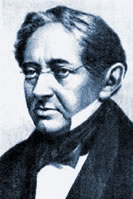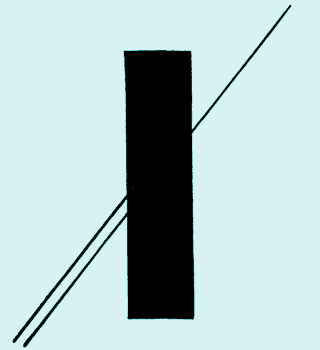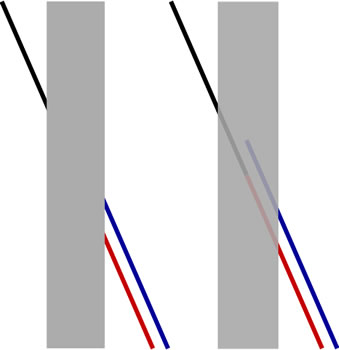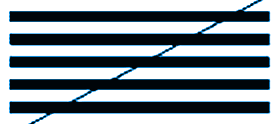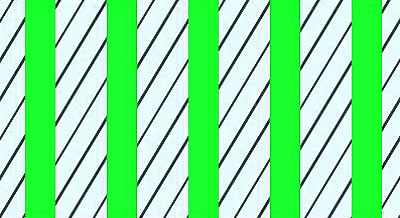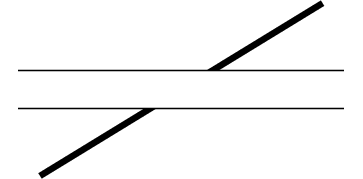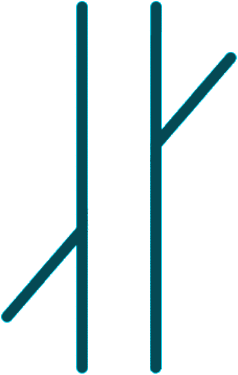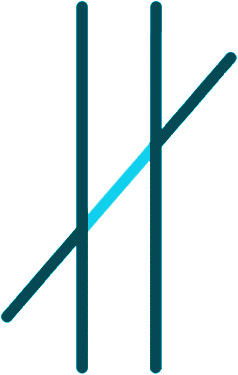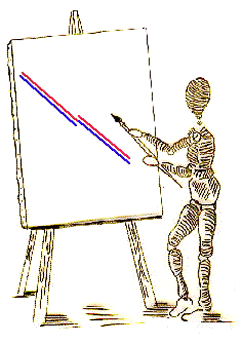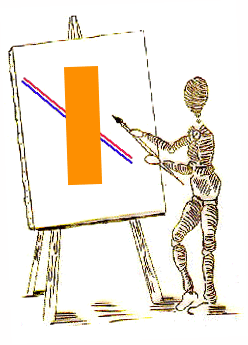| |
Visual
Phenomena & Optical Illusions REFERENCES:
• Coren, Stanley and J. S. Gigus,
1978. Seeing is Deceiving: The Psychology of Visual Illusion, New
Jersey, Lawrence Erlbaum.
• Coren, Stanley and J.S. Girgus,
1978. "Visual illusions," in R. Held, H. W. Leibowitz,
and H. L. Teuber, eds., Handbook of Sensory Physiology, vol. III:
Perception, New York, Springer-Verlag.
• Gilliam, Barbara, 1971. "A
depth processing theory of the Poggendorff illusion," Perception
& Psychophysics, 10, 211-216.
• Gillam, Barbara, 1980, "Geometrical
illusions," Scientific American, 242, 102-111.
• Greene, E., and M. Verloop.,
1994. "Anomalous and luminance contours produce similar angular
induction effects," Perception, 23, 147-156.
• Greene, E., and J. Fisher,
1993. "Classical illusion effects with nonclassic stimuli:
Angular induction from decomposing lines into point arrays, Perception
& Psychophysics, 56, 575-589.
• Greene, E., 1988. "The
corner Poggendorff," Perception, 17, 65-70.
• Lucas, A., and G. H. Fisher,
1969. "Illusions in concrete situations: II Experimental studies
of the Poggendorff illusion," Ergonomics, 12, 395-402.
• Masini, R., R. Sciaky, et.
al., 1992. "The orientation of a parallel-line texture between
the verticals can modify the strength of the Poggendorff illusion,"
Perception & Psychophysics, 33, 235-242.
• Poulton, E. C., 1985. "Geometric
illusions in reading graphs," Perception & Psychophysics,
37, 543-548.
• Robinson, J. O., 1972. The
Psychology of Visual Illusion, London, Hutchinson.
• Rock, Irvin, 1984. Perception,
New York, W.H. Freeman.
• Schiffman, Harvey, 1995. Sensation
and Perception, New York, John Wiley & Sons.
• Spivey-Knowlton, M. J. and
B. Bridgeman, 1993. ""Spatial context affects the Poggendorff
illusion," Perception & Psychophysics, 53, 467-474. |
